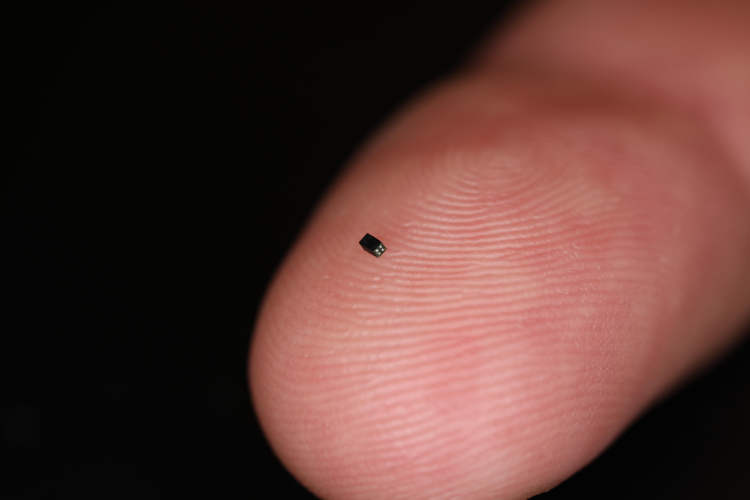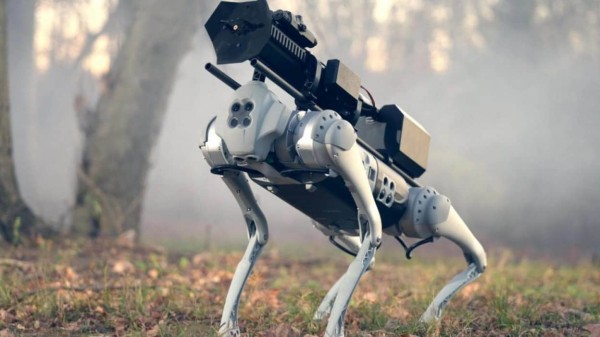Scientists at South Korea’s Chung-Ang University have created an ultra-light exosuit that can help runners cover short distances faster.
They may not be mainstream yet, but exoskeletons have been a part of our world for a while now. We’ve seen some that make carrying heavy loads a breeze, and others that help physically disabled people move around with ease. But wearable technology that helps people run faster has been pretty rare, especially in the super-light form recently presented by scientists at Chung-Ang University’s School of Mechanical Engineering in South Korea. They created a contraption that only weighs around 2.5 kg (5.5lbs) but can help the average person run a 200-meter sprint almost a second faster than without the suit.





















